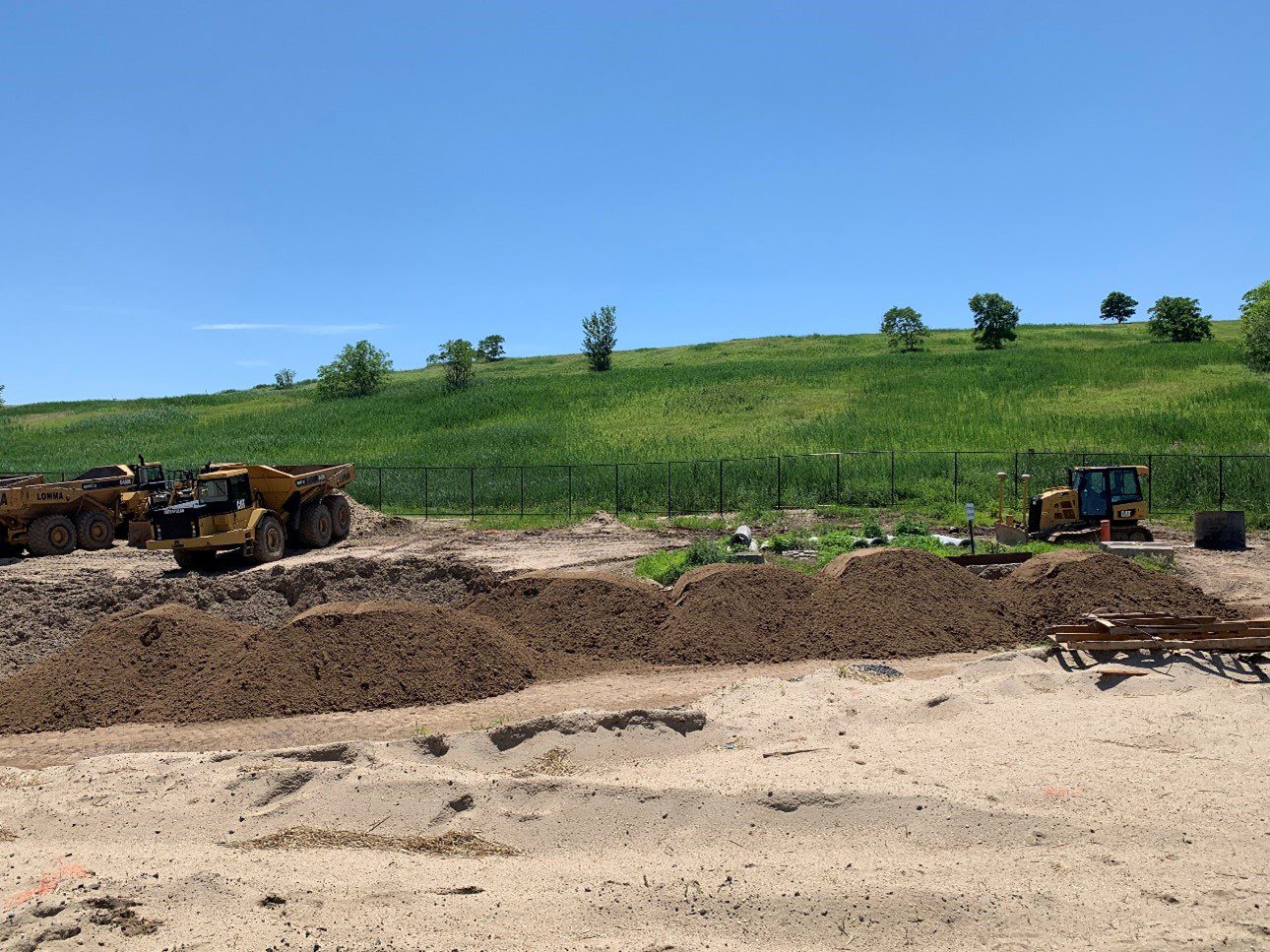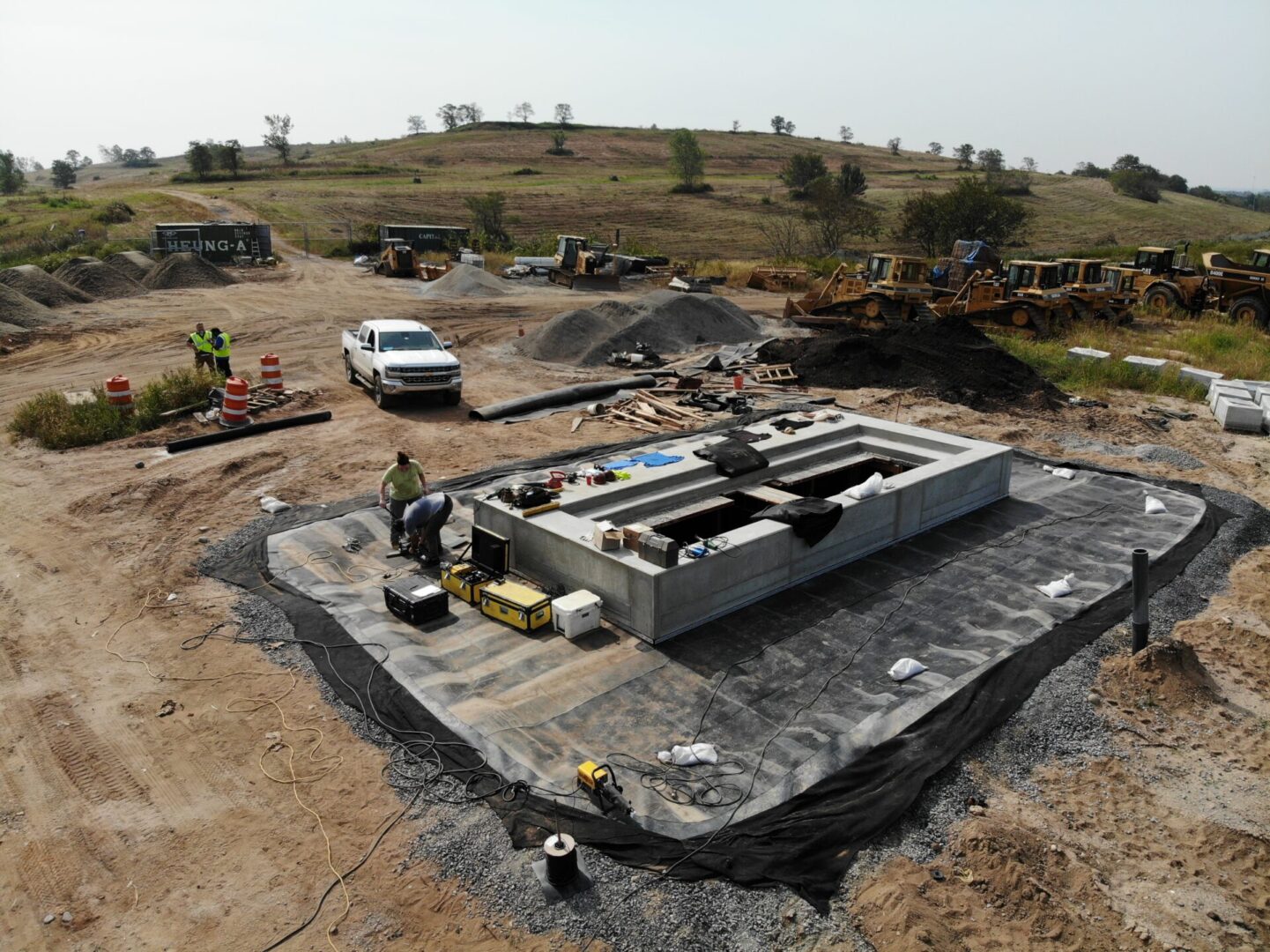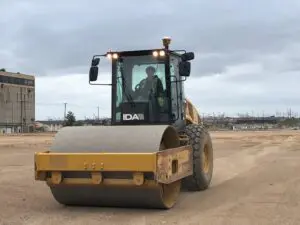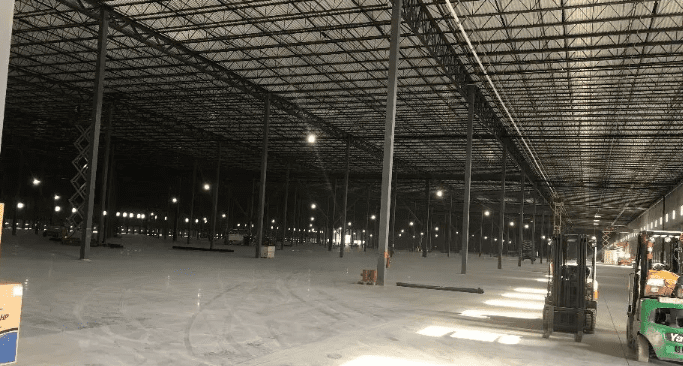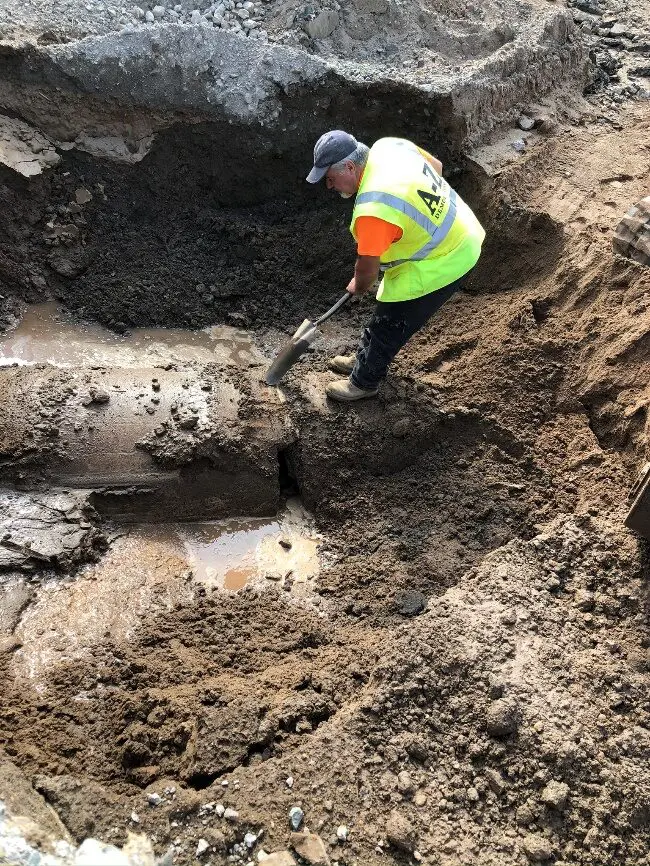View Our Work
Wagner Engineering Staffs Representative Projects with Civil Engineering Experience in New York & New Jersey
Civil QA/QC Oversight Services
Wagner Engineering has provided construction engineering support and troubleshooting during construction and full QA oversight in accordance NYSDEC Part 360 and NYCDEP protocols for closure of multiple NYS Landfills as well as performed and provided engineering QC construction management of all construction related project activities for over a dozen landfills in both NY and NJ.
Landfill QA/QC oversite closure activities included:
- Installation of engineered landfill cap systems
- SWPPPs and erosion and sedimentation control measures
- Leachate collection and transport systems
- storm water management systems
- Active gas collection systems
- Perimeter roadways
- Recreational pathways
- Construction of a New York State Department of Transportation certified bridges
- Relocation of existing utilities and
- Multiple soil bentonite and self-hardening slurry and hydraulic barrier wall systems.
Civil Design Services
Wagner Engineering has prepared Civil Designs and workplans, including drawings and specifications for various Design/Build remedial action projects in NY & NJ and has executed engineering design calculations and developed construction drawings for a stormwater management basin to facilitate the control of existing stormwater runoff in urbanized water sheds for various Landfills under the direction of the United States Environmental Protection Agency (USEPA) & United States Army Corps of Engineers (USACE).
Designs included:
- Stormwater detention basin systems
- Groundwater extraction collection trench & treatment systems
- Low-permeable soil surface barrier caps with stormwater control features
Geotechnical and Geosynthetics QA/QC Services
Wagner Engineering has provided QA/QC support and troubleshooting for full scale site-wide geotechnical site investigations for multiple construction sites. Geotechnical services involved:
test pits and borings with standard penetration tests to estimate engineering properties including density, strength and compressibility to classify and evaluate the soil and estimate the strength, bearing capacity testing to analyze settlement behavior horizontal movement and global stability underlying soil behavior along the site perimeters during construction.
Field work and data collection included analysis of blow counts from the standard penetration tests, collecting undisturbed samples using thin-walled samplers & Shelby tubes and performing in situ vane shear tests.
Site Inspection Services
Wagner has managed and performed site inspections, coordinated plans and developed spill plans for various New Jersey Chemical manufacturing facilities that store hazardous substances and involved the review of historical records and field investigations under N.J. Bureau Discharge Prevention Control and Countermeasures (DPCC). Wagner has also supervised and managed engineering NJDEP and NYSDEC UST remediation projects consisting of tank testing, sampling, removal and closure for the development of Result Reports and Remedial Action Plans for a variety of UST issues including engineering design, installation, specification preparation, retrofit and replacement of existing systems and construction oversight.
Civil Engineering Services
Wagner Engineering was retained by a major oil company as a design engineering consultant for design modifications and construction upgrades to meet federal and state spill prevention and containment requirements for an existing bulk petroleum storage plant used for the distribution of medium-grade fuel oil and low-sulfur diesel fuel products to retail and commercial end-users.
Significant facility upgrades were implemented, which included the following:
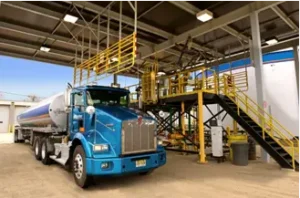
- Improving the tanker unloading & loading bays with an extensive yard area paved with reinforced concrete for improved access and expanded parking for tankers.
- Construction of a new loading rack and replacement of the loading rack controls, including replacement of valves, gauges, and monitoring equipment for the loading rack
- Removal of all underground piping that served the former loading rack and installation of new above-ground piping for loading/off-loading.
- Installation of a vapor-recovery system for off-loading tank trucks, replacement of underground storage tanks (USTs) and installation of new containment area sump & drainage lines for the loading rack.
Structural Condition Assessments
Our Engineers have provided numerous Structural Condition Assessments for various private owners in New York and New Jersey. The purpose of these surveys were to address client requests for various reasons, including requirements by financial lending institutions or damages caused by Super Storm Sandy.
Structural condition assessments were made on the overall building and individual elements, including joists and walls, and structural condition flags were issued for conditions requiring urgent attention and repairs, and the owners were directed to undertake repairs.
- Preparation of inspection report detailing repairs for private clients
- Façade Inspections
Building Condition Assessment Surveys
Our Engineers performed Building Condition Surveys to assess various facilities in New Jersey, Maryland, Long Island and throughout the Bronx, Staten Island and New York City:
- Assessments were made of site areas, building envelope (exterior), interior, and transportable/temporary units.
- Site inspections included paved and unpaved surfaces, landscape, site drainage, lighting, playgrounds & street furniture.
- Building inspections included all exterior and interior components such as façade, roof, stairs, structure, doors, windows and finishes, and electrical and mechanical systems.
- Hazardous conditions/structural deficiencies were identified.
- Building components were rated on a scale of 1 to 5 and given an estimated "remaining useful life" (in years) by the inspectors.
- Component deficiencies were identified and quantified.
- Recommendations to repair or replace were made, along with a recommended time period to repair/replace each component.
- A field QA team independently verified data collected in the field.
Structural Condition Assessment
Personnel with Wagner Engineering were called in to provide a Capital Plan to maintain its building assets in a state of good repair for many years to come. Structural deficiencies that were identified were immediately reported. Once a structural condition were identified by the general inspection, a "Structural Condition Advisory Report" was generated. The Structural Inspector would then visit the site to conduct a detailed evaluation of the condition and verify structural defects.
Structural Conditions were found in foundations, retaining walls, columns, beams, and slabs & included spalling and corroded rebars, corroded steel members with section loss, leaning retaining walls, and cracks in the members. A Structural Condition Report was prepared that lists observations of defects with recommendations for repairs, and warnings.

Stormwater, Water Main Extension Inspection
Our engineering staff was also involved in the installation of water mains at various locations in Brooklyn and Queens and Staten Island for the NYC Department of Design and Construction.
Performed inspection and field testing of materials and workmanship in compliance with the contract documents & monitored the progress of work against the submitted schedules. Wagner also:
- Reviewed and approved shop drawings, rebar drawings, and shop drawings for placement of all steel reinforcement and structural steel structures.
- Made sure that the work was done in accordance with the contract drawings and specifications.
- Verified that the Contractors obtained all necessary permits, certificates, licenses, or approvals required for the performance of the work.
- Performed continuous inspections and quality control to ensure that all work zone safety devices, including construction signs and pavement markings, were properly installed and maintained at all times during construction.
- Perform all inspections on the various stages of work of the project on a periodic basis and prior to substantial completion.
Facility Demolition Sequence Plan
Wagner Engineering has prepared Demolition Plans and performed oversight during the dismantlement of dilapidated buildings and manufacturing facilities throughout NY & New Jersey. Due to the dilapidated state of some of the structures, it was necessary to demolish the buildings in order to treat the contaminated soils beneath their foundations. The engineering work plans developed and implemented by Wagner Engineering involved:
- Conducting an exterior 360° walk-around the structure to look for any significant bowing, cracks, or sway in the exterior walls.
- Contacting local agencies to obtain permits required by the State of New Jersey and the local Townships
- Removal of all accessible plumbing/electrical piping from the walls and ceiling in the immediate area and material from the front of the building to the first set of vertical beams.
- Removal of all truss roof sections and overhead steel, plumbing, and roof material, and forward sections of the side walls and remaining front corners while not allowing any debris to fall outward towards the adjacent properties.
- Removal of the main I-beams forward sections that run from the second set of vertical interior beams to the first set of interior vertical beams
- Removal of interior walls by pulling all material inward and repeating the process until reaching the rear of each structure, taking care not to damage adjacent property outside of the building footprint.
Structural Assessments & In-Place Abandonments of Out-of-Service Storage Tank Systems & Pipelines
Wagner Engineering provided structural assessments and in-place abandonment of dozens of Underground Storage Tank systems and associated piping in New York and New Jersey. Work included:
- Review of building foundation plans, including the configuration of tanks placed parallel and in series (end-to-end) beneath the Main Plant Building concrete floor surface.
- Performed the system structural integrity tests and assessed surrounding soil condition immediately adjacent to the tanks.
- Reviewed building structural details, design column loads, and the proximity of subject USTs to each other and interior walls to determine potential impact if excavation and removal of subject tanks will compromise the integrity of current operations and lateral soil pressures and supporting soil bearing capacity of the walled structure.
- Developed and implemented multiple UST Abandonment and Removal Plans, which included cleaning out tank contents and performing the closure with a concrete slurry in accordance with API Recommended Practice 1604.
- Certified and visually inspected that in-place abandonments were performed in accordance with all local Building and Fire Protection Subcodes, BOCA, National Fire Prevention Code, and the National Fire Protection Association's Flammable and Combustible Liquids Code.



